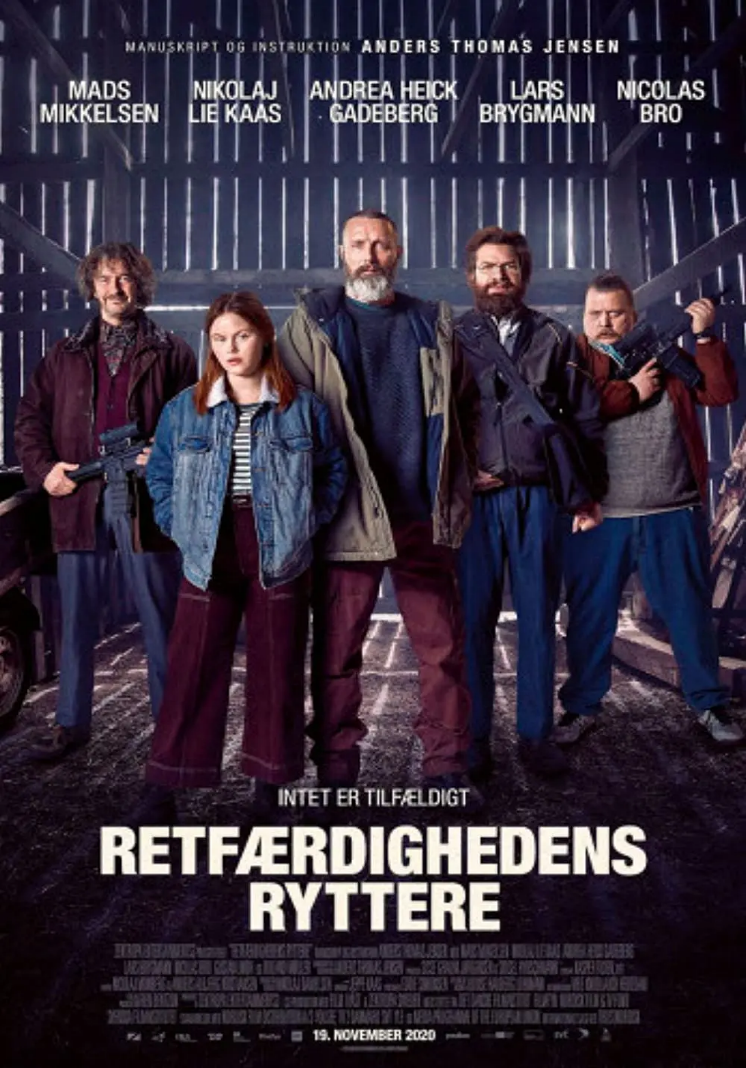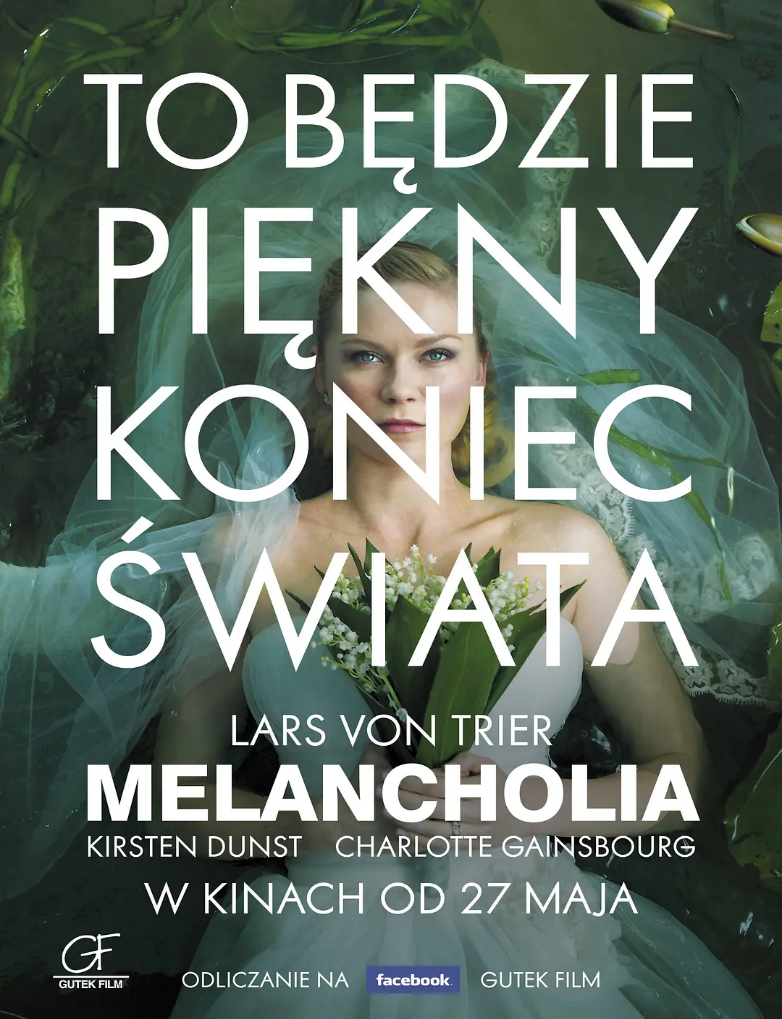Blade af Satans bog The Diary of Satan and the Art of “Living Paintings” by Deraiye

2022.11.26 The masterpiece exhibition of Draper’s cinema is a blessing to be able to watch a 4k restored version of the 157-minute film, a glimpse of a film that is 102 years old.
This is a work from the early 30s of Delayed, and is also the work of his parting ways with Nordic Film, the world’s second largest film company, “Satan’s Diary” as one of the representatives of his early silent films, from ancient times to the present (when the film was shot) four different historical periods of Satan compelled to make a short story of betrayal. Before watching the film, I also studied the background of “The Satanic Diaries”.
The film was Delayed’s last work at Nordic Film, and the studio decided to cast the film in an attempt to revive the former glory of Nordic Film (after World War I, the “golden age” of Danish cinema quickly fell). After three months of research, he announced to the studio that the budget would have to be raised to 240,000 kroner, otherwise he would not be able to make a film that was artistically responsible. The film was made by the founder Olsen himself. But the deadlock was not resolved until the shooting was completed, the company cut the 2-hour director’s cut to 90 minutes for the public release, and he had no control over the film’s distribution and release abroad.
The story opens with the background – the covenant between God and Satan, once Satan succeeds in tempting a person’s sentence increases by 100 years, a person resists the temptation sentence decreases by 1000 years, thus four stories unfold.
The first story: the classic story of Judas’ betrayal of Jesus, which took place 30 years after the birth of Jesus.
The second story: The Spanish nobility and the Inquisition, which took place in Spain in the 16th century.
The third story: Queen Mary and the widow of a French count, which took place in 1793 during the French Revolution.
The fourth story: the Finnish patriotic revolutionary couple in 1918 under the struggle between the Red Army and the White Army.
In the four stories, Satan takes on the form of different characters, who travel through different eras of history to draw a staggered picture of the floating world of the earth, Judas, the monks and Joseph are male informers and betrayers, while only in the last story, Cyril resists the temptation of Satan and chooses to kill herself and sacrifice herself to her faith.
The most impressive impression of the film is the “living painting” type of composition image, a frame as if enjoying the dazzling collage of oil paintings, the film is almost all fixed cameras, moving shots are minimal, Delayed is a preference for single large close-ups, similar to the static shots of oil paintings plus the subtle expressions of the characters complemented by In the black and white composition of light and shadow techniques, in such a religious theology and ethical theme of the film more solemn, this out is particularly worth highlighting is the Last Supper of the highly restored and Jesus prayer, black background reflects the white clothes of the Son of Man, as if to complement the picture with a halo of divine light.
De Leye is a commercial insulator who will never compromise, by seeing that his insistence on the studio system of refusing relationship actors, a large number of large close-ups, bust portraits make the actors’ body language and eye micro-expressions as if they were important, which is more visible in the casting of Satan in general – Helge Nissen in the four stories Helge Nissen’s “incarnation of Satan” in the four stories is evil, majestic and oppressive (in contrast to Jesus’ decent and heroic). Although there are certain restrictions on the film’s budget, Delayed is trying his best to interpret his exploration and pursuit of the film, his obsessive artwork, in his own scope of work.
Finally, I must mention that the third story, Satan handed Joseph the Jacobin Club card written “Vivre libre ou mourir”, the audience sighed, one of the most impressive passages of the scene through time and space to form a contrast and intertext, can not help but a sigh of relief.




